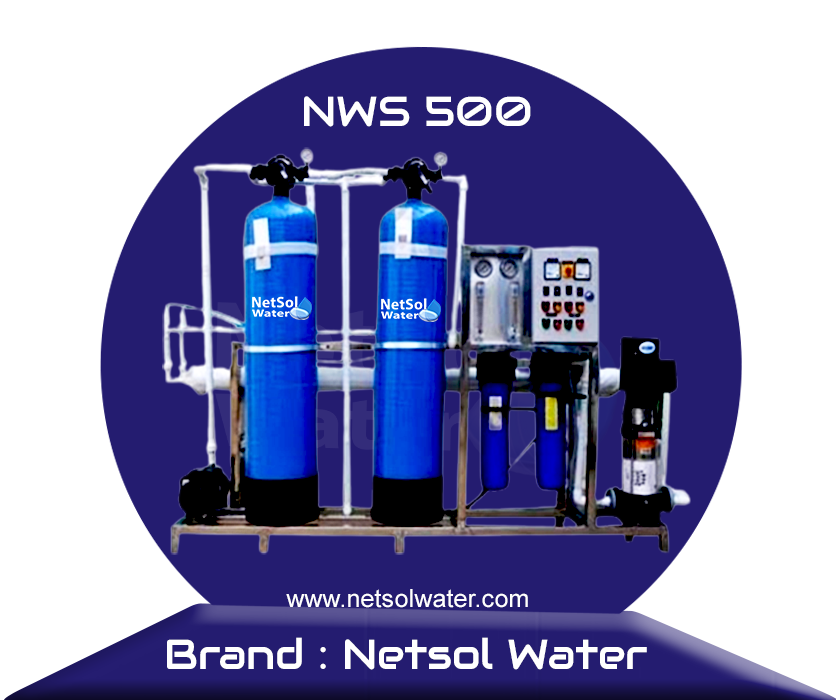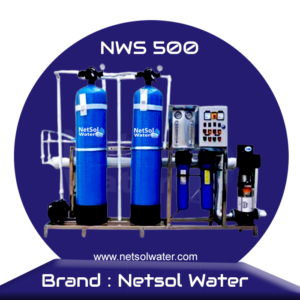Description
Reverse osmosis (RO) technology has become a popular method of water purification due to its ability to remove impurities and contaminants from water. An RO plant with a capacity of 10,000 liters per hour (LPH) is a high-capacity water purification system that can purify a significant amount of water in a short period.
here we will discuss the features, working, and applications of a 10000 LPH RO water treatment plant.
Features of 10,000 LPH RO Plant:
A 10,000 LPH RO plant is a high-capacity water purification system that can purify 10,000 liters of water per hour. Some of the key features of a 10,000 LPH RO plant are as follows:
1: High capacity: The plant has a high capacity of purifying 10,000 liters of water per hour, making it suitable for large-scale applications.
2: Advanced technology: The RO plant uses advanced technology, such as multi-stage filtration, to ensure that the water is safe to drink.
3: Low maintenance: The plant requires low maintenance, which makes it a cost-effective option for water purification.
4: Energy-efficient: The RO plant is designed to be energy-efficient, which helps to reduce operating costs.
Technical specifications of 10000 LPH RO Water Treatment Plant
| Minimum Order Quantity | 1 Ounce |
| Plant Accessories | Ultra Filtration Plant (Adon) |
| Plant Application | Industrial RO Plant |
| Material of Construction | Stainless Steel |
| Installation Type | Excluding Civil work with Installation |
| RO Capacity (Liter/hour) | 10000 |
| Operation Mode | Automatic |
| Capacity (litres per hour) | 10000 |
| Types Of Machines | Activated Carbon Filter, Sand Filter |
| Automation Grade | Semi-Automatic |
| Number Of Filtration Passes | >5 |
| Max Water Recovery Rate | 60-65 % |
| Number of Membranes in RO | 5 |
| Brand | Netsol |
| High pressure pump | CRI |
| Warranty | 1 year |
| Application | Industrial based |
| MEMBRANE BRAND | LG / CSM / GE / HYDERONOTICS |
| HIGH PREESURE PUMP | CRI/GRAND FORCE |
Working of 10,000 LPH RO Plant:
The working of a 10,000 LPH RO plant is based on the principle of reverse osmosis. In this process, water is passed through a semi-permeable membrane under high pressure. The membrane removes impurities and contaminants, leaving behind clean and safe drinking water.
The working of a 10,000 LPH RO plant can be divided into the following stages:
1: Pre-treatment: In this stage, water is passed through a series of pre-treatment filters, which remove suspended particles and other impurities from the water.
2: High-pressure pump: The pre-treated water is then passed through a high-pressure pump, which increases the pressure of the water.
3: Reverse osmosis membrane: The high-pressure water is then passed through a reverse osmosis membrane, which removes dissolved impurities, such as salts, minerals, and other contaminants.
4: Post-treatment: The purified water is then passed through a series of post-treatment filters, which remove any remaining impurities and ensure that the water is safe to drink.
Applications of 10,000 LPH RO Plant:
A 10,000 LPH RO plant has various applications in different industries and sectors, such as:
1: Drinking water: The plant is used to purify water for drinking purposes in households, offices, and public places.
2: Industrial use: The plant is used in industries, such as pharmaceuticals, food and beverages, and electronics, where high-quality water is required for various processes.
3: Agriculture: The plant is used to purify water for irrigation purposes, which ensures that the crops get clean water and grow well.
4: Municipal use: The plant is used by municipalities to purify water for distribution to the public.
5: Hotels and resorts: The plant is used by hotels and resorts to provide clean and safe drinking water to their guests.



Reviews
There are no reviews yet.